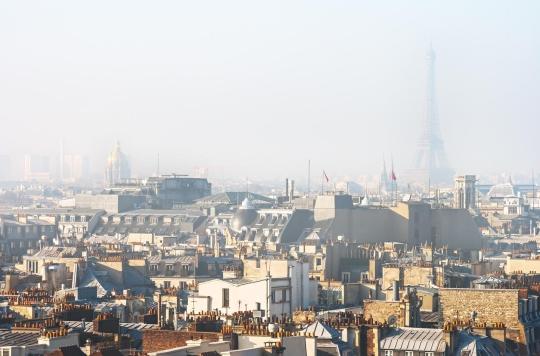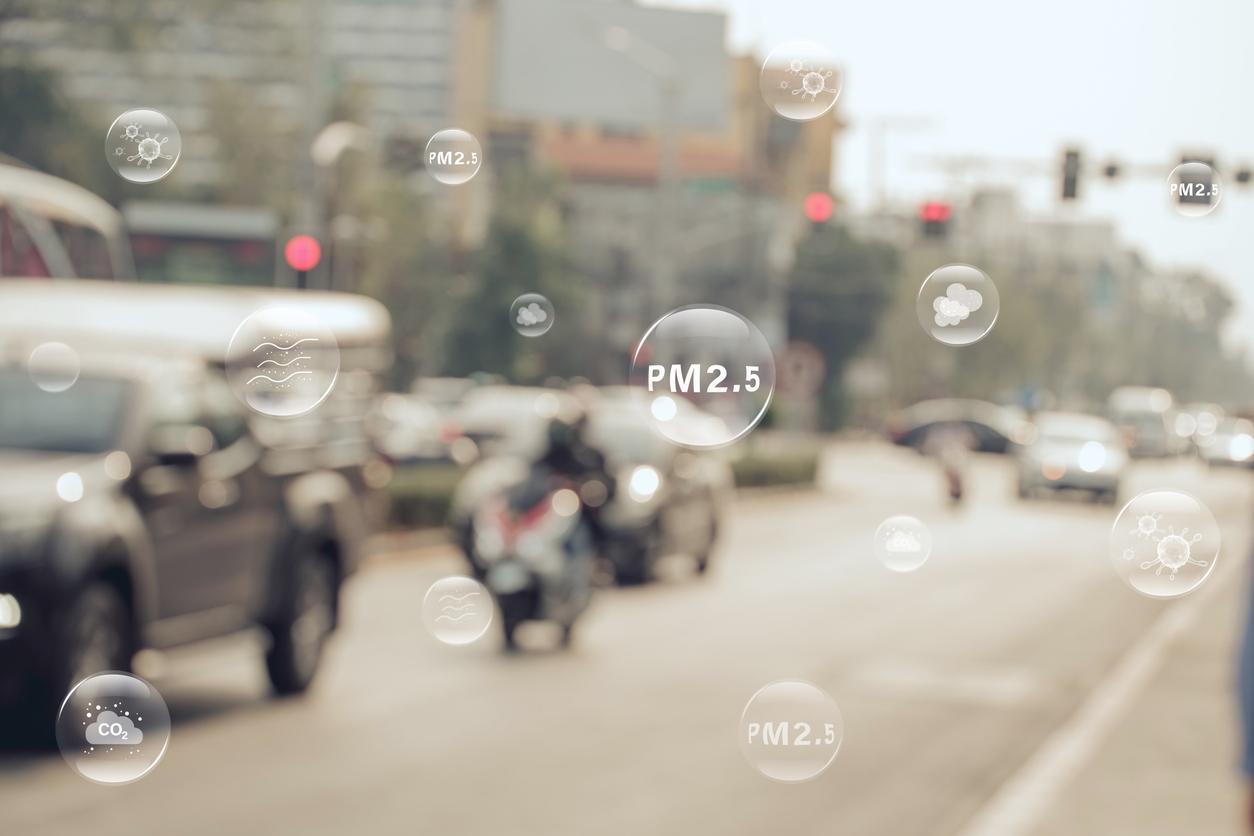An improvement in air quality has been observed in Île-de-France. But this is still not enough. 6,220 Ile-de-France residents still die each year because of fine particles.

- The number of deaths caused by fine particles in Île-de-France has fallen by 40% thanks to the improvement in air quality.
- In the region, 7,900 premature deaths associated with air pollution could be avoided, if new measures to lower pollution levels are taken.
Air pollution is the cause of nearly one death in 10, in 2019, in Île-de-France, which corresponds to around 7,900 premature deaths. This is the observation made by a recent study carried out by the Île-de-France Regional Health Observatory (ORS) and the Airparif Institute. “Exposure to air pollution favors the development of serious chronic pathologies, in particular cardiovascular and respiratory pathologies and cancers. This results in an increase in mortality, a reduction in life expectancy and a increased use of care, reads the report which quantifies the impact of air pollution on mortality in the region.
Deaths related to fine particles are still numerous
According to the results, the air quality has improved in Île-de-France, but progress still needs to be made. In 2019, 6,220 deaths were attributable to prolonged exposure to fine particles PM2.5, a pollutant mainly emitted by urban heating and road traffic, compared to 10,350 deaths in 2010. Clearly between 2010 and 2019, the number of annual deaths related to fine particles fell by 40%. “This corresponds to an average gain in life expectancy of almost 8 months on average per inhabitant in Île-de-France”, indicates the ORS and Airparif.
In 2019, prolonged exposure to nitrogen dioxide (NO2) caused 3,680 deaths in the region compared to 4,520 deaths in 2010. For the first time, the annual number of deaths attributable to ozone (O3) has been assessed in Ile-de-France. According to the study, it is around 1,700 dead. As a reminder, ozone is formed in the atmosphere by reactions between nitrogen oxides (NOx) and volatile organic compounds (VOC), under the action of sunlight and in the presence of high temperatures.
Lower pollution levels to save lives
According to the work, this drop in nitrogen dioxide concentrations made it possible to avoid 310 deaths and that of the levels of fine particles of the order of 180 deaths, compared to 2019. But if new measures are taken to lowering current levels of air pollution below the values recommended by the World Health Organization (WHO), nearly 8,000 lives could be saved.
.

















